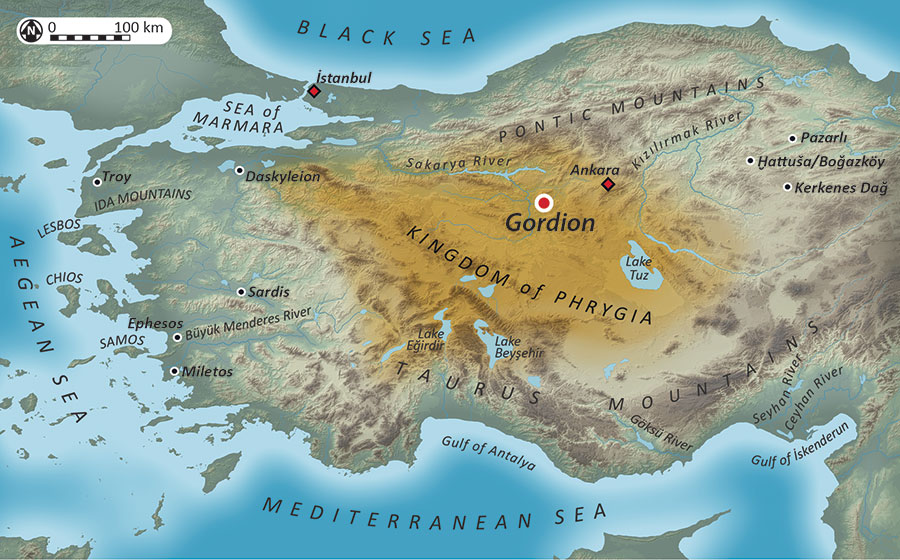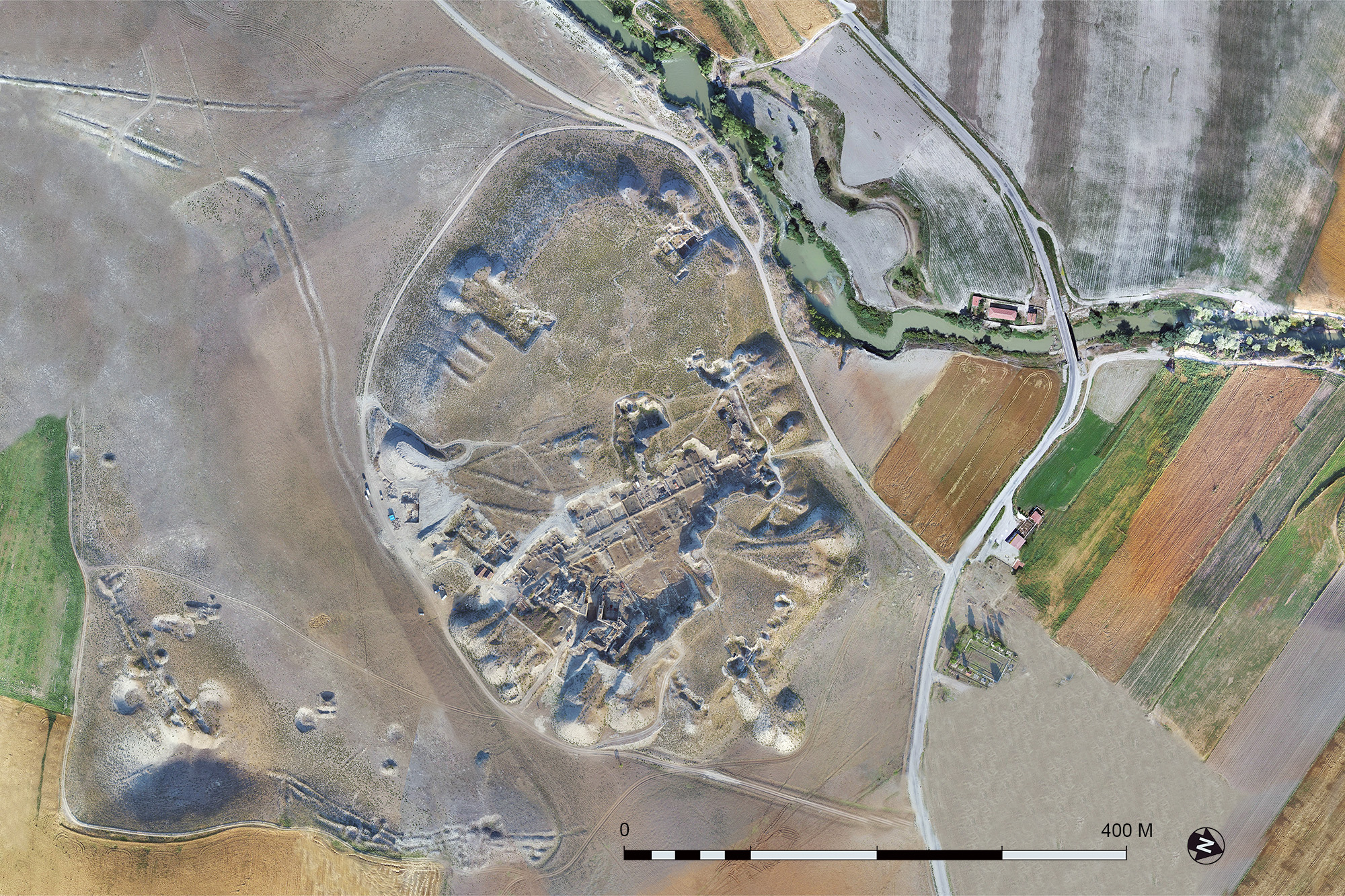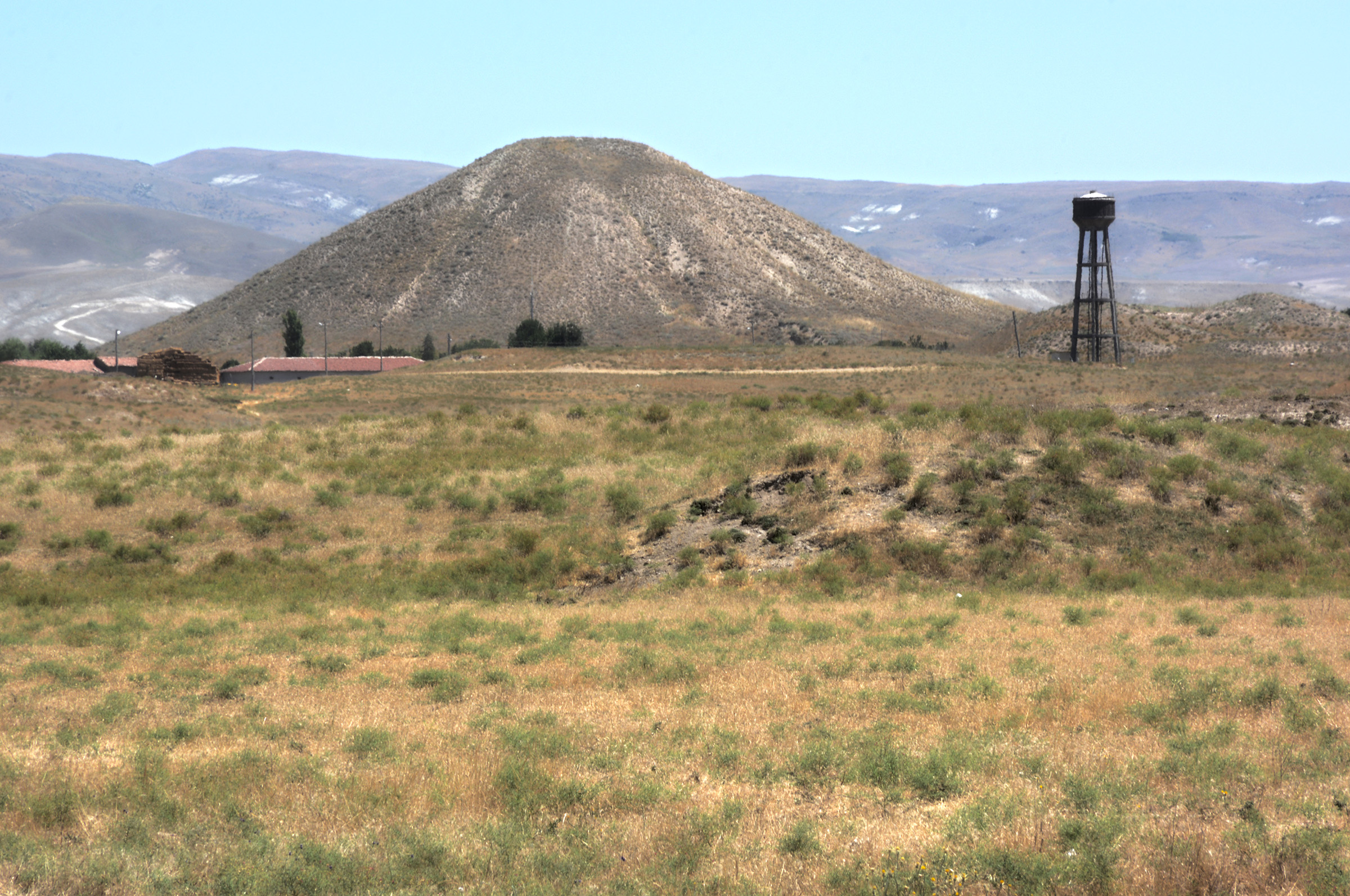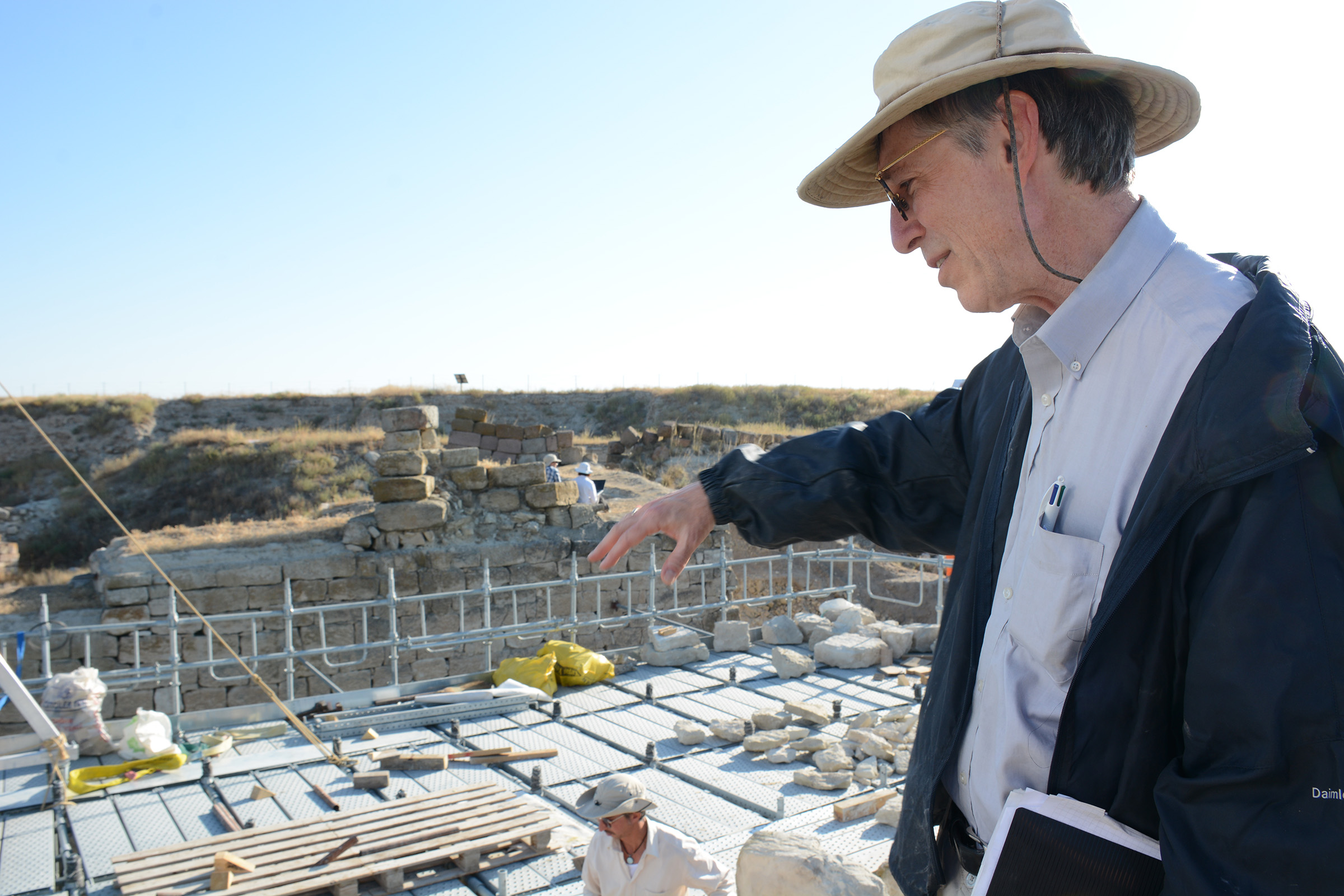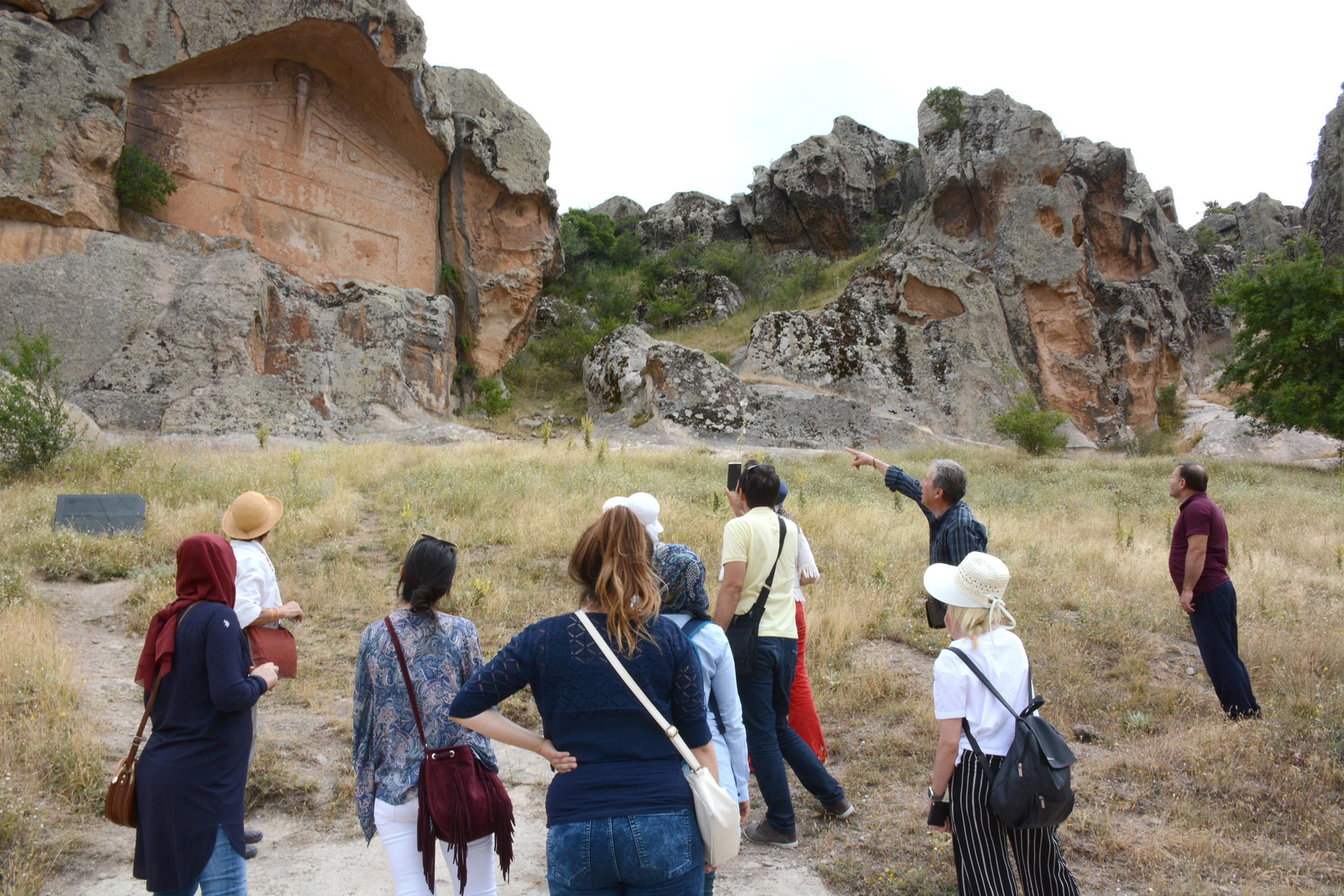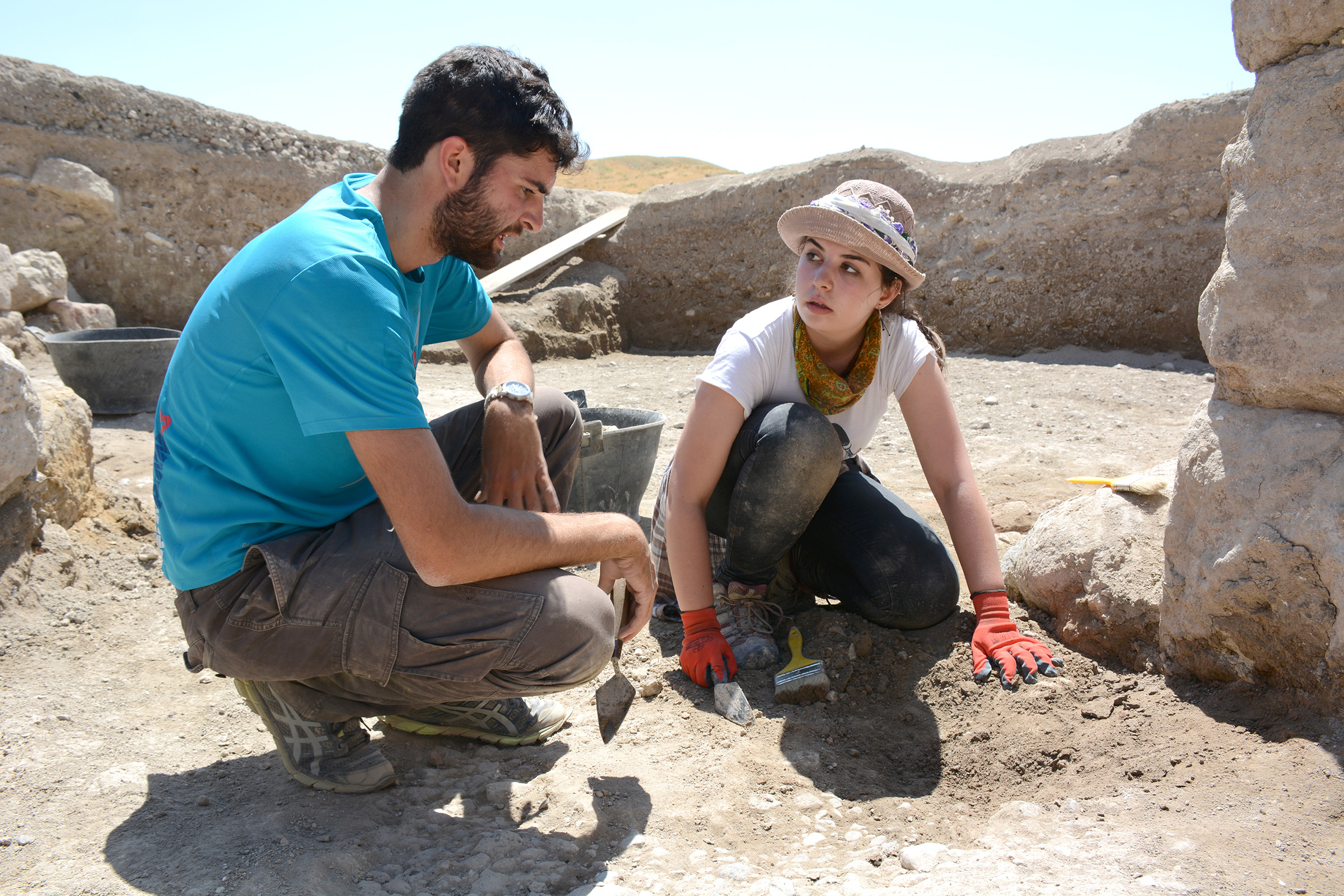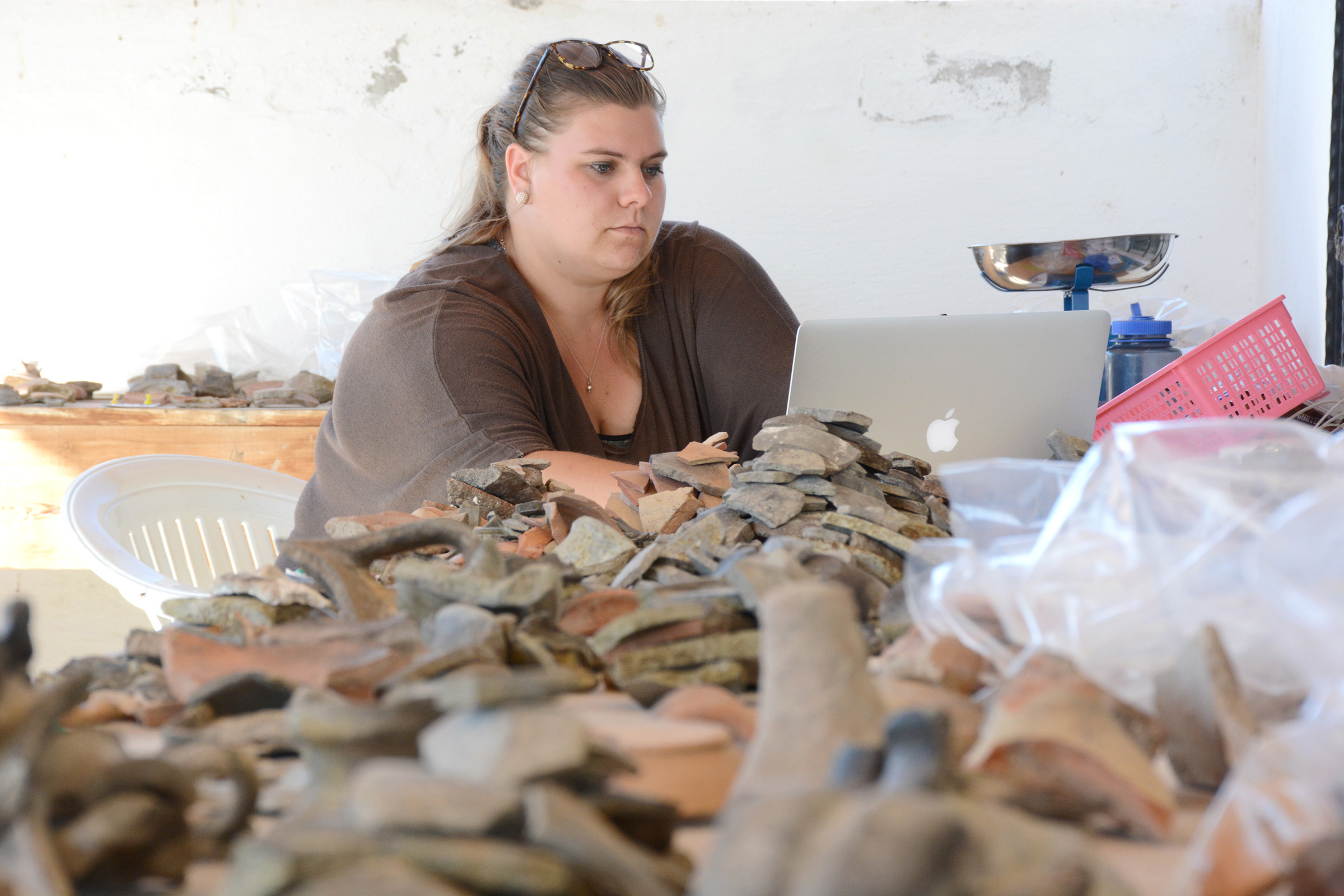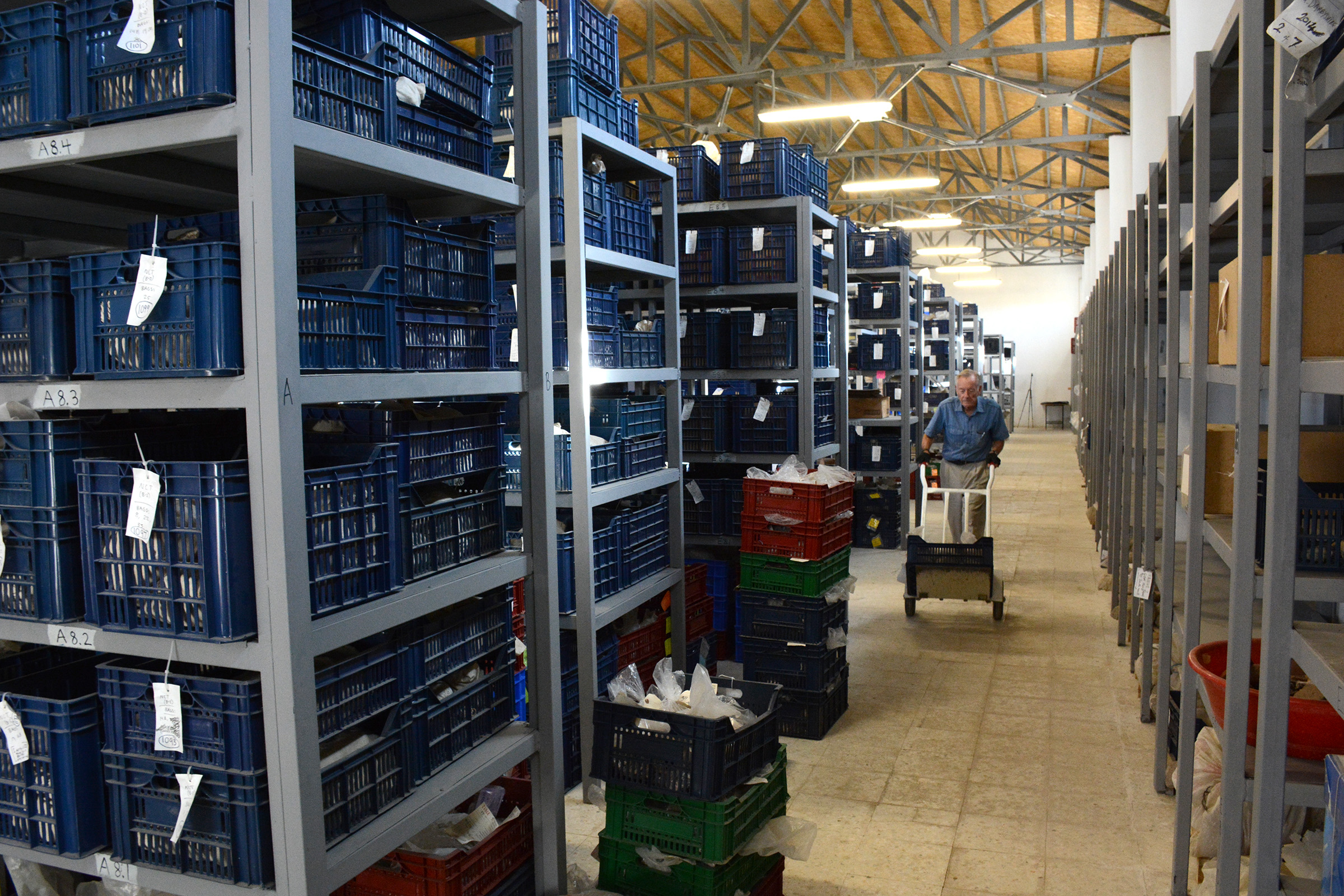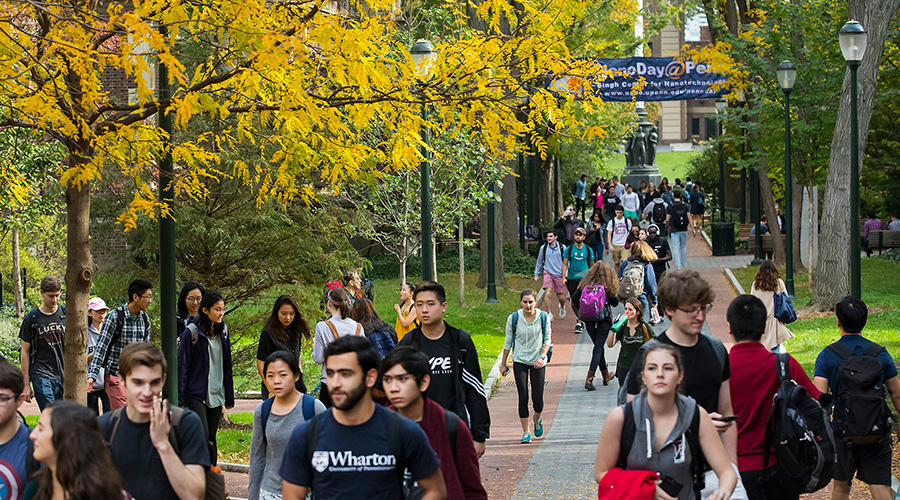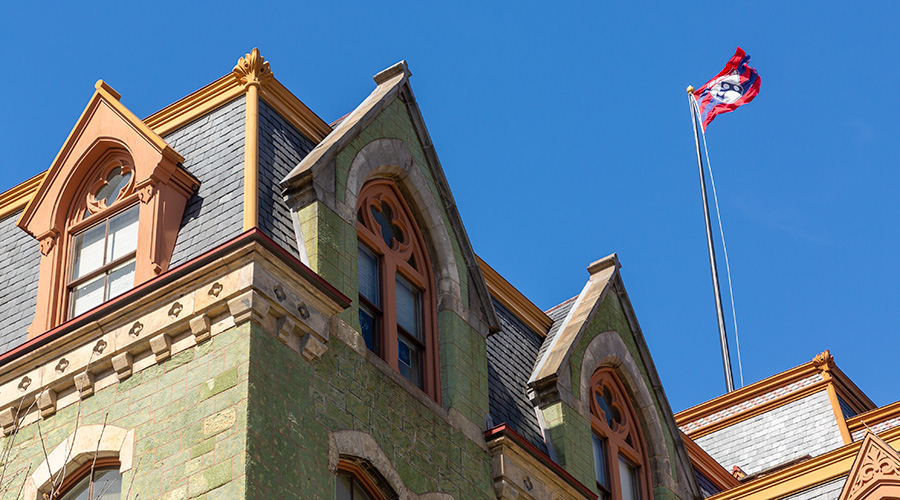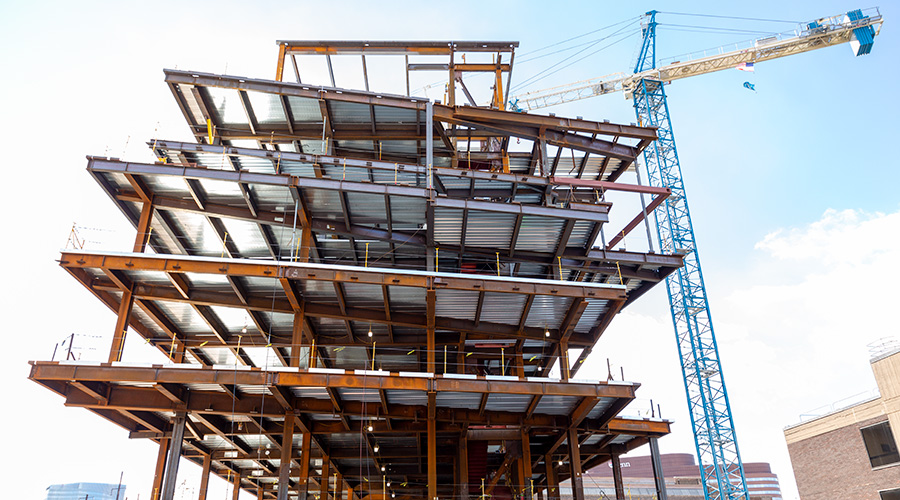The story of King Midas—the man with the “golden touch”—is more than a myth.
Digging into the Distant Past
Archaeologists at the Penn Museum are breathing new life into ancient civilizations
In the 8th century BCE, Midas ruled over the kingdom of Phrygia in present-day Turkey, headquartered in a sprawling settlement called Gordion. Today, this ancient city’s mysteries continue to be revealed through the Gordion Archaeological Project—a Penn Museum expedition that began in 1950 and continues to this day thanks to philanthropic support.
Revealing a Buried History
“In the course of 70+ years, we’ve uncovered the evidence for an entire civilization that no one realized existed,” says Brian Rose, Director of the Gordion project, who also serves as Ferry Curator-in-Charge of the Museum’s Mediterranean Section and James B. Pritchard Professor of Archaeology at Penn Arts & Sciences. “Gordion is one of the most important archaeological sites in the Middle East, with nine successive settlements that encompass nearly 4,000 years of history. At the height of its power, Gordion and the Phrygian kingdom controlled most of Asia Minor, most of modern-day Turkey.”
The project is one of the Penn Museum’s ongoing archaeological efforts around the world. Each summer at Gordion, Rose directs a team composed of citizens from ten different countries, including seasoned field experts and graduate and undergraduate students from Penn and other universities around the world. Their work is conducted in close cooperation with the Turkish Ministry of Tourism and Culture, which assumes ownership of all materials excavated from the site.
Educating Tomorrow’s Archaeologists
One of the students participating in the annual excavation is Brigitte Keslinke, Gr’26, a PhD candidate in Art and Archaeology of the Mediterranean World. Since her first season at Gordion, Brigitte’s research interests have evolved as her academic career continues to unfold. Beginning as a pottery analyst in 2016, her responsibilities in subsequent seasons grew to include roles as the project’s registrar—accessioning artifacts, animal remains, and other finds excavated throughout the site—and, most recently, as a researcher studying architectural terracottas, or clay roof tiles.
I really have to credit the Gordion project with bringing me to Penn. It was a preview of what Penn could be like, and the kind of work that I could do here.”Brigitte Keslinke, Gr’26, PhD Candidate, Art & Archaeology of the Ancient World, Penn Arts & Sciences
Beyond enriching her own academic career, Brigitte says, one of her favorite elements of the Gordion project is its impact on the local Turkish community. The Cultural Heritage Education Program offers outreach to local teachers and students, showing them the process of archaeological investigation and sharing knowledge about Gordion and other nearby historical sites.
Furthermore, more than half of the project team hails from Turkey, inspiring feelings of pride and ownership among citizen participants. “Some of the most valuable lessons the students learn are international cooperation, diplomacy, and how one builds a diverse community,” Rose says.
Supporting a Greater Understanding
To conduct so sprawling an operation requires considerable planning, coordination, and funding. Fieldwork costs—from excavation permits and machinery costs to travel and food budgets—run upwards of $300,000 per year, and most of the project’s funding is made possible through the generosity of donors. Their philanthropy is recognized through membership in the Friends of Gordion, a growing group of benefactors committed to deepening the understanding of this storied ancient civilization. Leading support for the project comes from the Areté Foundation; Leslie Berger and Paul C. Williams, W’67; Matthew J., C’94, WG’00, and Natalia Storm; Charles K. Williams II, PhD, GR’78, HON’97; and Nina Robinson Vitow, CW’70, WG’76.
One notable initiative involved the recent conservation and stabilization of the site’s massive 9th-century BCE citadel gate, which was damaged by an earthquake in 1999. While Gordion was largely unaffected by the major earthquakes that struck parts of Turkey and Syria earlier this year, the site lies on a major faultline—making this conservation work essential to its long-term preservation.
“Contributions to Gordion enable us to create a future for the past,” Rose says. “Just last summer, we discovered an entire residential district that we had no idea existed. This means the city was twice as large as we thought it was. So, there’s really no end to the amount of research that we can do.”


